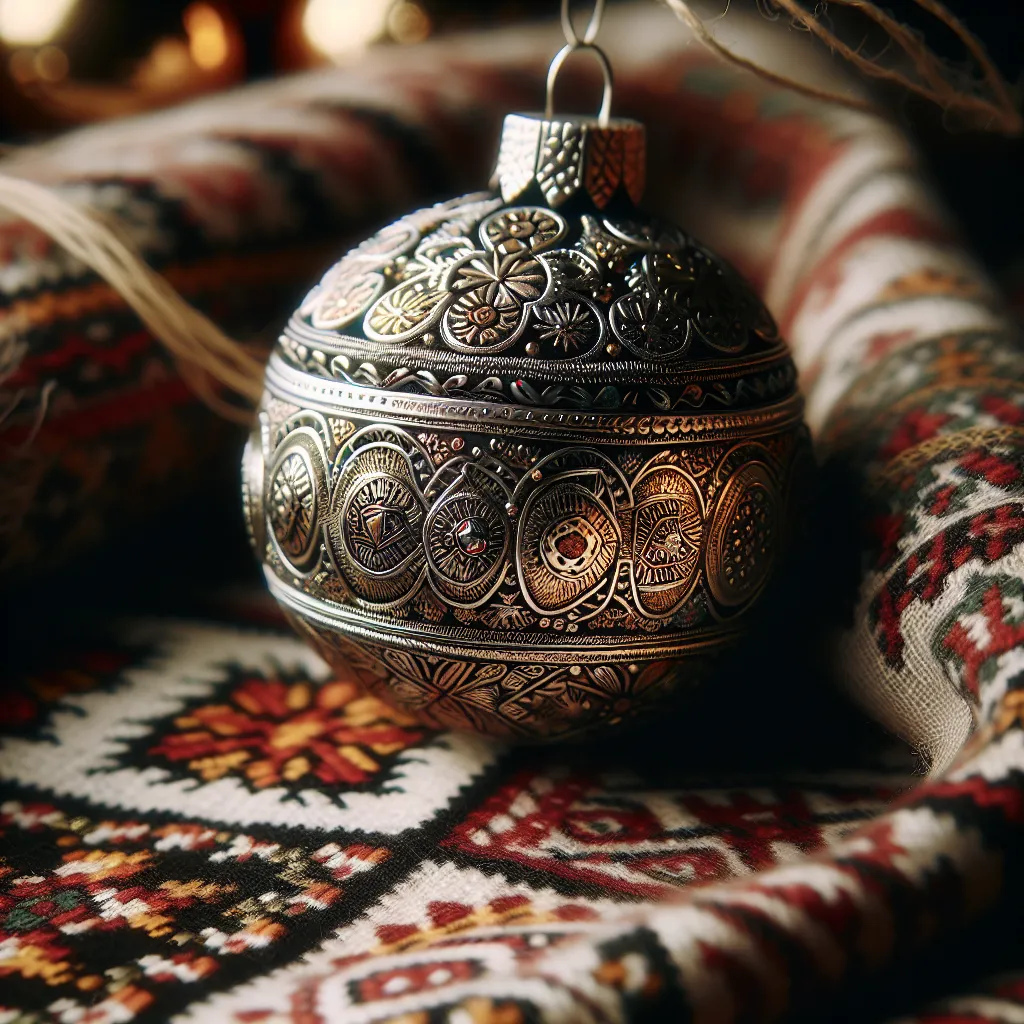The Historical Roots of Bauble Symbolism
Baubles, the decorative ornaments often associated with festive occasions, hold a significant place in the symbolism and cultural practices of various societies. The historical roots of bauble symbolism can be traced back to ancient civilizations such as the Egyptians, Romans, and Chinese. In ancient Egypt, baubles were used as decorations in the form of amulets and jewelry, believed to bring luck and ward off evil spirits. The intricate designs of these baubles also served as a status symbol, reflecting the wealth and social standing of the wearer.
Similarly, in ancient Rome, baubles adorned the homes of the elite as a symbol of opulence and luxury. They were often crafted from precious metals and gemstones, signifying the owner’s affluence and sophistication. In Chinese culture, baubles known as “good luck charms” were popular, believed to attract positive energy and protect against misfortune.
Throughout history, baubles have also been linked to religious and spiritual practices. In Christianity, the tradition of decorating Christmas trees with baubles is thought to have originated in 16th century Germany, where the ornaments symbolized the fruits of the Garden of Eden. The circular shape of baubles represented the eternal love of God, while the use of evergreen trees signified the everlasting life offered through Jesus Christ.
By delving into the historical roots of bauble symbolism, we gain a deeper understanding of the enduring cultural significance attached to these ornaments across different societies. Whether as symbols of prosperity, protection, or spiritual devotion, baubles continue to hold a timeless allure that transcends centuries and civilizations.
Baubles as Status Symbols Across Cultures
Baubles, or decorative trinkets, hold deep cultural significance in many societies, often serving as status symbols that convey wealth, power, and social standing. Across various cultures, baubles have been used to denote a person’s rank, affiliation, or even spiritual significance, making them an integral part of social and ceremonial life.
In ancient civilizations such as Egypt, Mesopotamia, and Rome, baubles were reserved for the ruling class and elite members of society. These ornaments were not only symbols of opulence and luxury but also served as markers of authority and prestige. Similarly, in feudal Japan, elaborate hair ornaments called “kanzashi” were adorned by noble women as a reflection of their high social standing. The intricate design and precious materials used in these baubles signified the wearer’s elevated rank and refinement.
Moreover, in some tribal societies, baubles were imbued with spiritual significance and used in rituals and ceremonies to denote a person’s connection to the divine or their role within the community. For instance, among the Maasai people of East Africa, beaded jewelry and ornaments are worn by warriors and women as a representation of their cultural identity and social status within the tribe.
In contemporary cultures, the significance of baubles as status symbols continues to persist. In many modern societies, luxury jewelry, such as diamond-studded earrings, designer watches, and gemstone-encrusted pendants, are not only symbolic of affluence but also serve as outward indicators of success and social standing.
The symbolism of baubles as status symbols is a fascinating aspect of cultural anthropology and highlights the enduring significance of personal adornment in conveying social identity and hierarchy across different societies.
Religious and Spiritual Significance of Baubles
Baubles, commonly associated with adornment and decoration, hold significant religious and spiritual symbolism in various cultures and societies across the globe. In Christianity, baubles, often seen adorning Christmas trees, symbolize the divine light and hope brought into the world by the birth of Jesus Christ. The colorful baubles represent the joy and celebration of the festive season, as well as the eternal life promised through Christ’s teachings. Additionally, the spherical shape of baubles is often interpreted as a representation of unity and completeness, reflecting the oneness of God and His creation.
Moreover, in Hinduism, the significance of baubles is evident during Diwali, the festival of lights. Diwali is celebrated with the lighting of oil lamps and the decoration of homes with vibrant ornaments, including colorful baubles. These baubles symbolize the victory of light over darkness and good over evil, serving as a reminder of the inner light within each individual and the triumph of knowledge over ignorance.
Beyond Christmas and Diwali, baubles are also found in various spiritual and religious practices, each carrying its unique symbolism. From the ornate prayer beads in Buddhism to the intricately designed glass baubles in Islamic art, these decorative elements hold deep spiritual meanings and cultural significance.
Overall, baubles serve as more than just ornamental objects; they embody the spiritual and religious beliefs of different societies, fostering a sense of connection and reverence for divine teachings and cultural traditions.
Evolution of Baubles in Contemporary Society
When examining the evolution of baubles in contemporary society, it is fascinating to observe the cultural significance and symbolism attached to these decorative ornaments in different societies. Baubles, historically synonymous with Christmas decorations, have undergone a transformation in modern times, extending their presence beyond the holiday season. As societies have evolved, so too have the meanings and uses of baubles. They have transcended their original purpose and have become a ubiquitous symbol of celebration and ornamentation.
In many Western societies, baubles have expanded beyond the traditional Christmas tree adornments to become a popular choice for various celebratory occasions. From weddings to corporate events, these glittering baubles have found their place as versatile ornaments, symbolizing festivity and elegance. The evolution of baubles in contemporary society also mirrors the shift towards sustainability and eco-consciousness, with an increasing preference for eco-friendly materials and designs.
Furthermore, in Eastern cultures, the significance of baubles takes on a different dimension. In countries such as China and India, baubles are deeply entrenched in traditional customs and religious festivities. Their vibrant colors and intricate designs hold symbolic meanings associated with luck, prosperity, and spiritual beliefs. As a result, the evolution of baubles in contemporary society reflects a blend of traditional cultural values and modern interpretations, making them a bridge between the past and the present.
In conclusion, the evolution of baubles in contemporary society is a reflection of the changing cultural and societal landscapes. From their origins as Christmas decorations to their current role as versatile symbols of celebration and cultural significance, baubles continue to adapt and thrive in the modern world, transcending traditional boundaries and embracing diverse meanings and interpretations.

